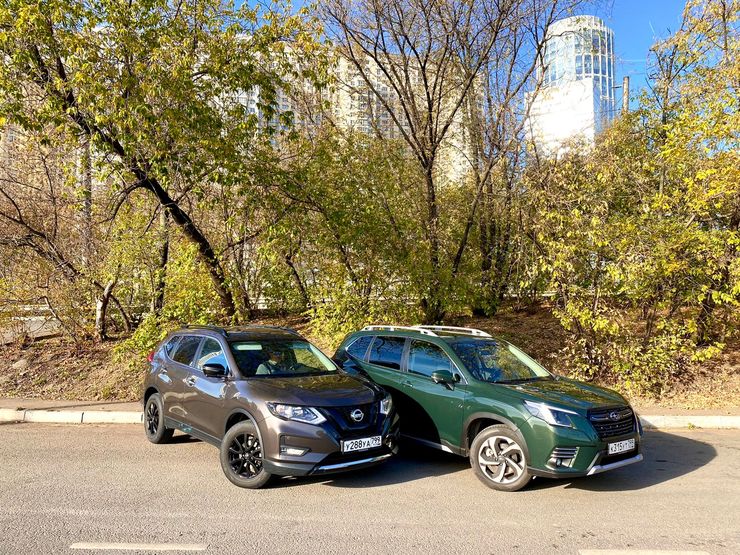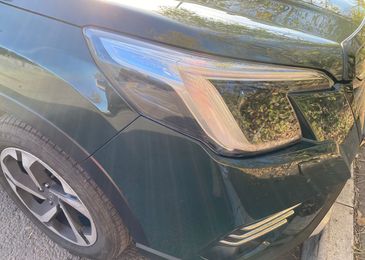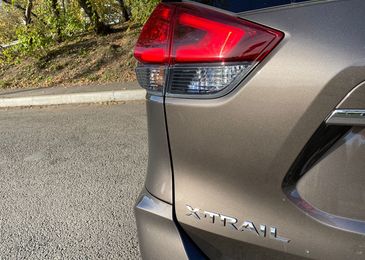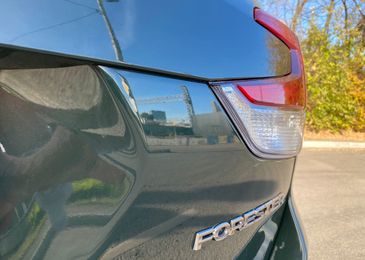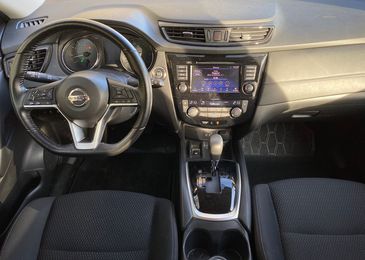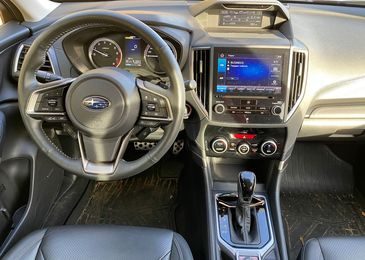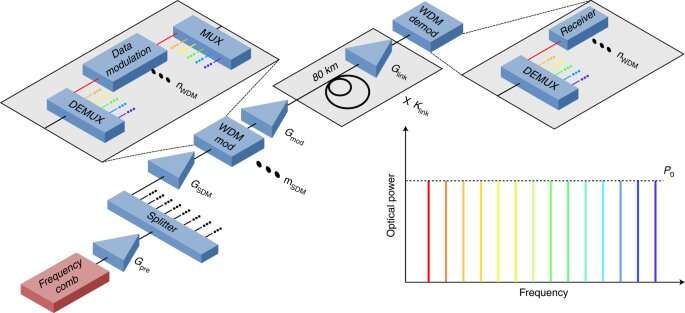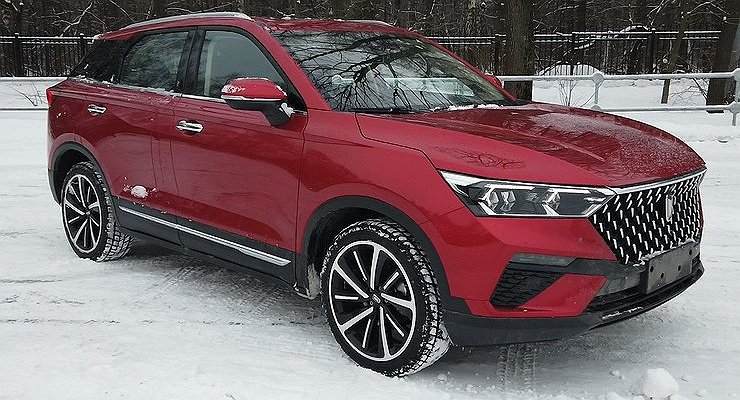The Subarovskaja transmission shifts minimally when accelerating and braking. No driving back and forth, neither in a traffic jam nor in a choppy driving mode. Almost perfect job. And Subaru’s suspension wins, too, albeit a little bit. The X-Trail also leans more into turns and behaves more sloppily on bumps. Forester, on the other hand, closes and gathers along the gullies…
Compared to the X-Trail, the Forester handlebars are also more “mature”, as it were, with sufficient feedback. In other words, the Subaru Forester feels more confident on the road than the Nissan X-Trail.
But both cars “guzzle” gasoline plus or minus in the same way. In the region of 10-12 liters “per hundred” in the city – depending on the intensity of “traffic jams” on the roads. And about 7.5 l / 100 km on the highway – with the adaptive “cruise” turned on at speeds of 100-130 km / h.
Who prefers the ‘youthful’ look and handling of the crossover is generally not so important – if you will, Nissan X-Trail. And those who are ready to pass for a “sectarian-subarovod”, but at the same time appreciate the overall quality factor of the car, albeit with a discreet design – the choice is the Subaru Forester.








